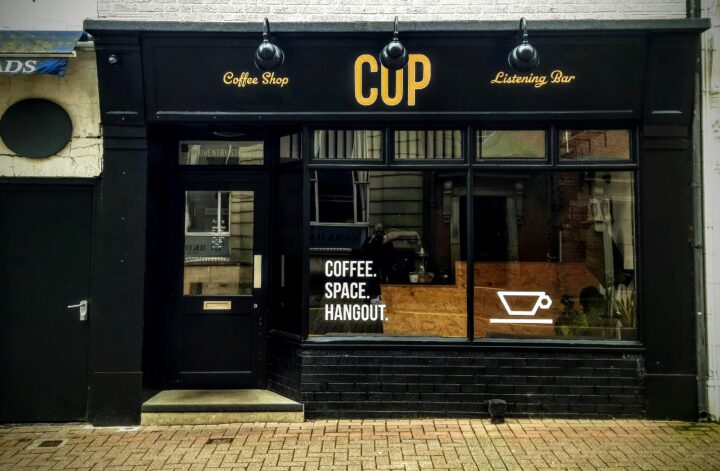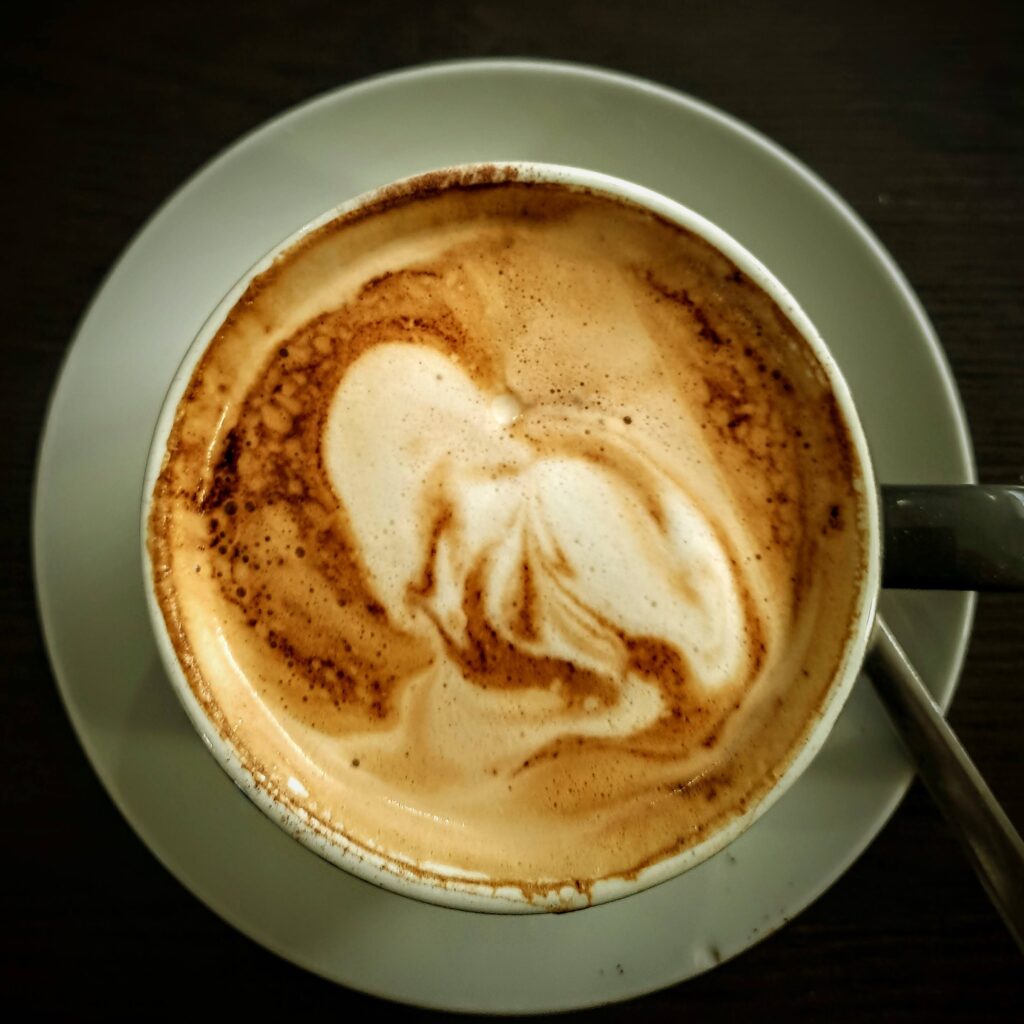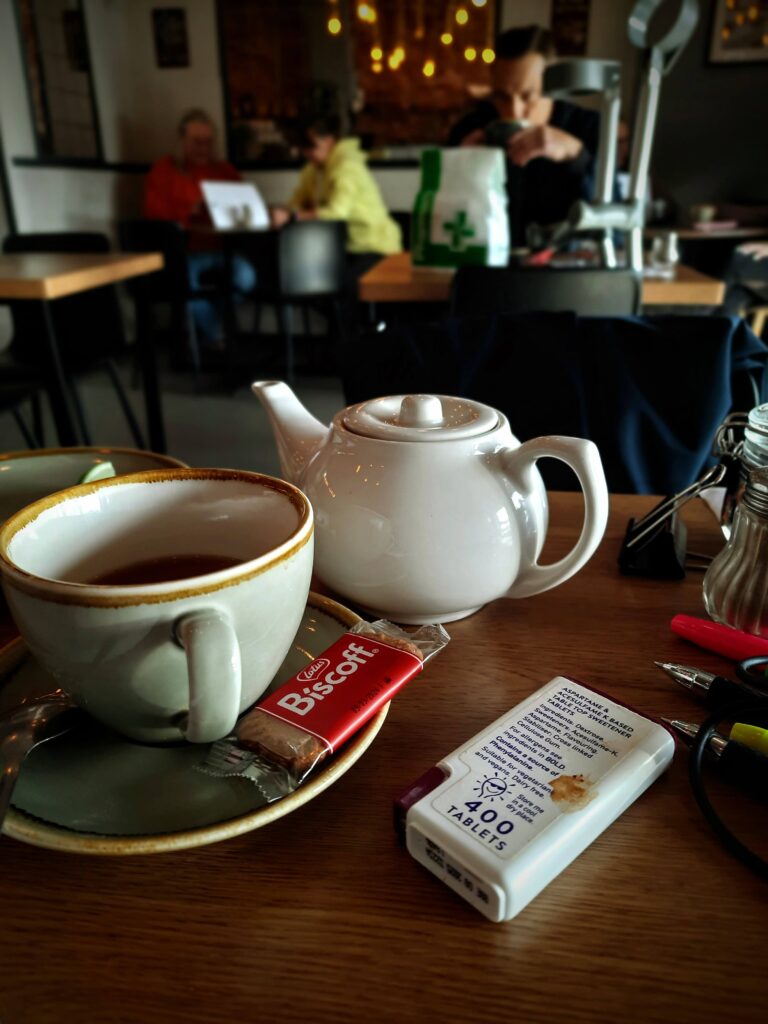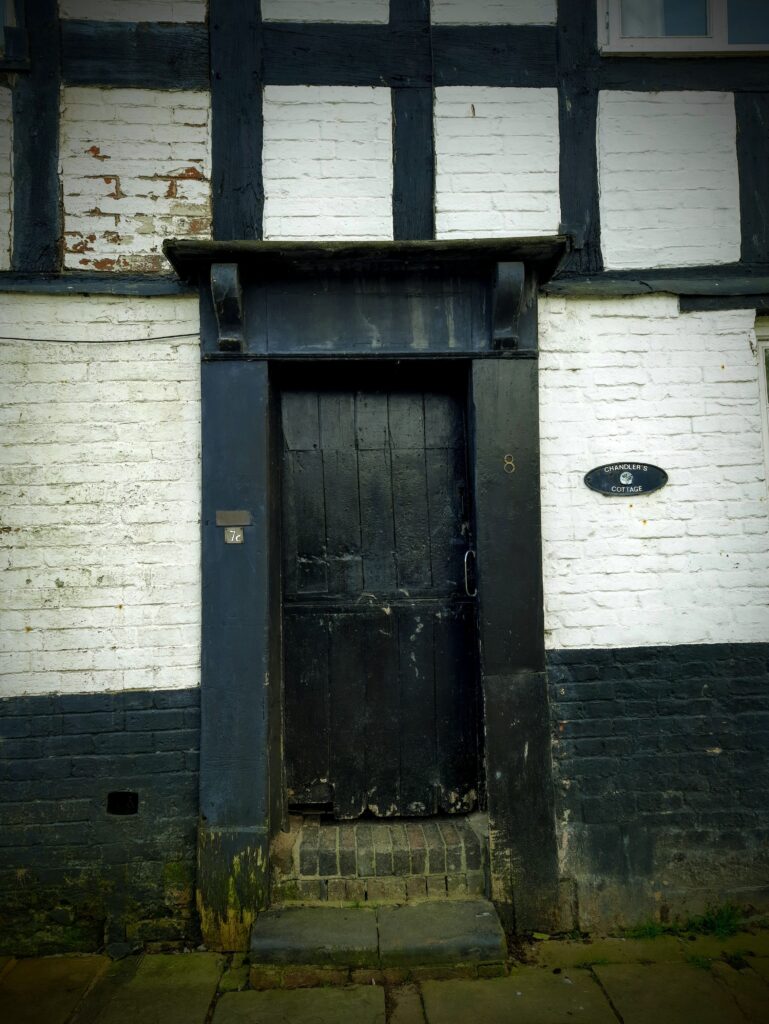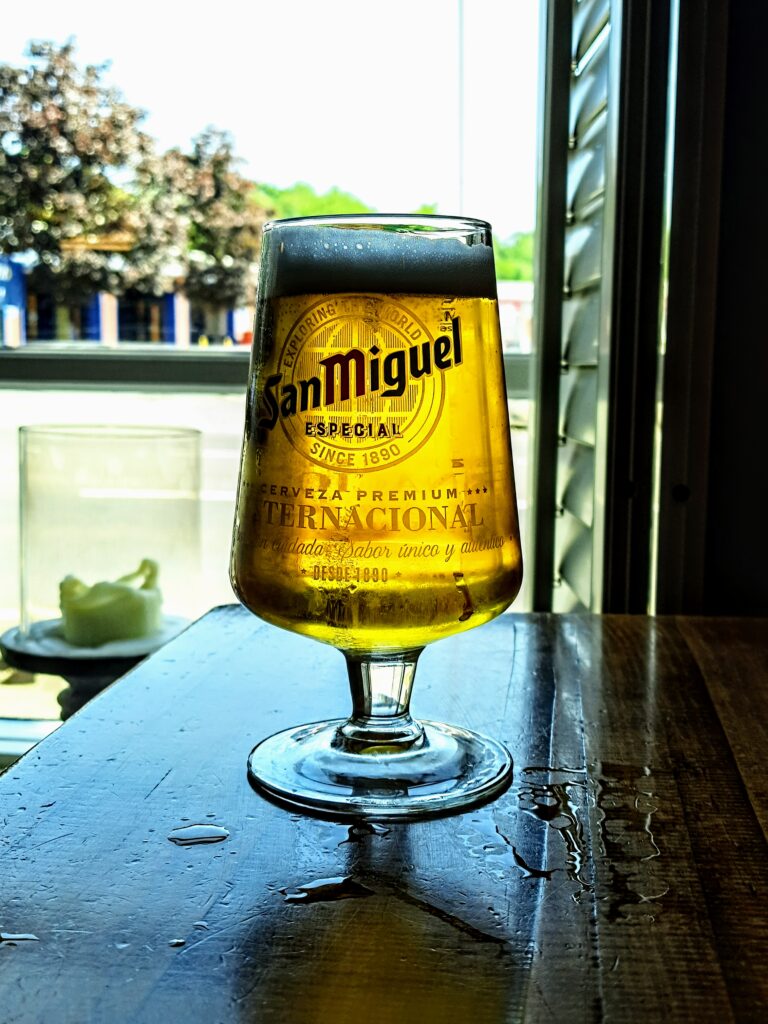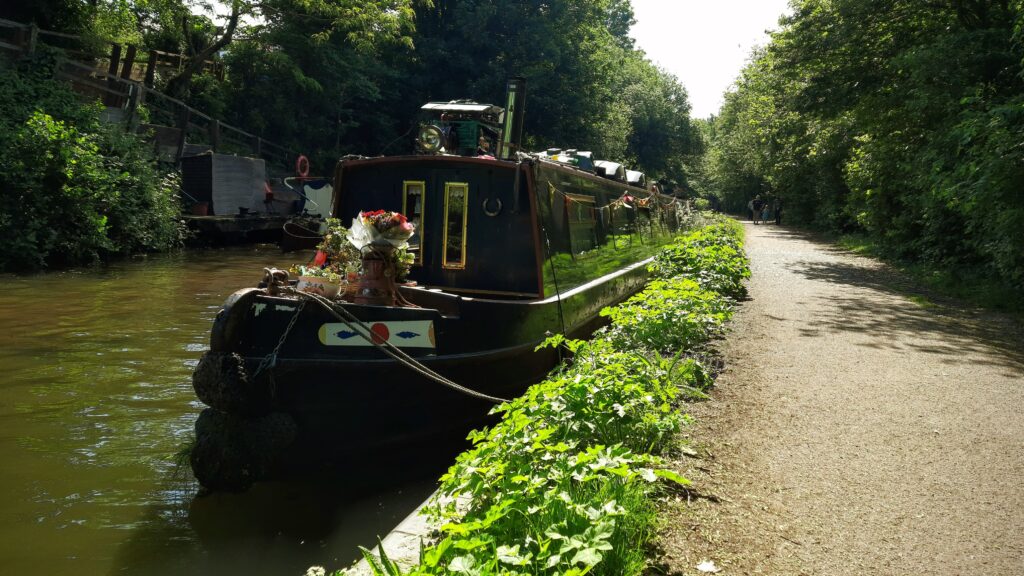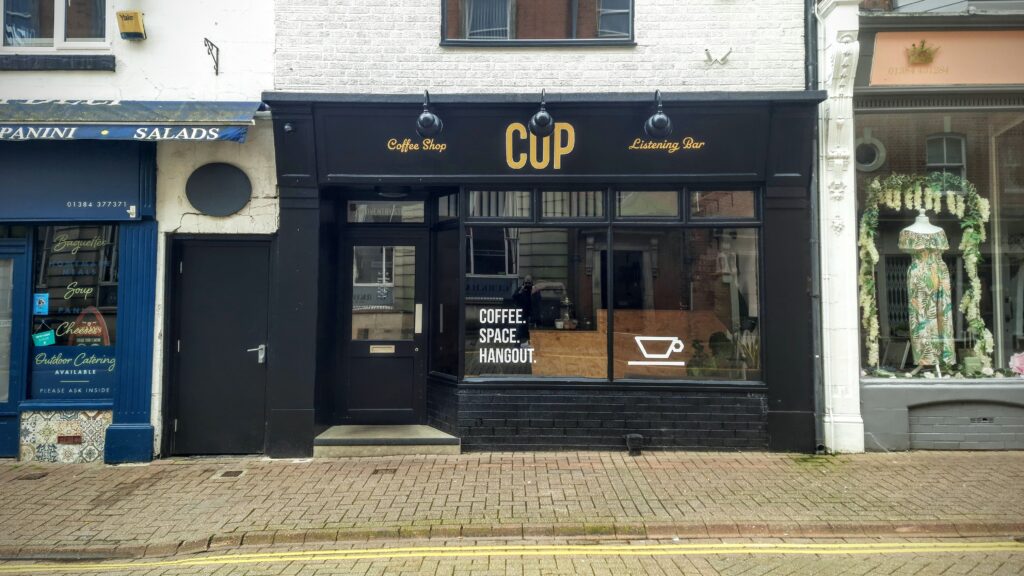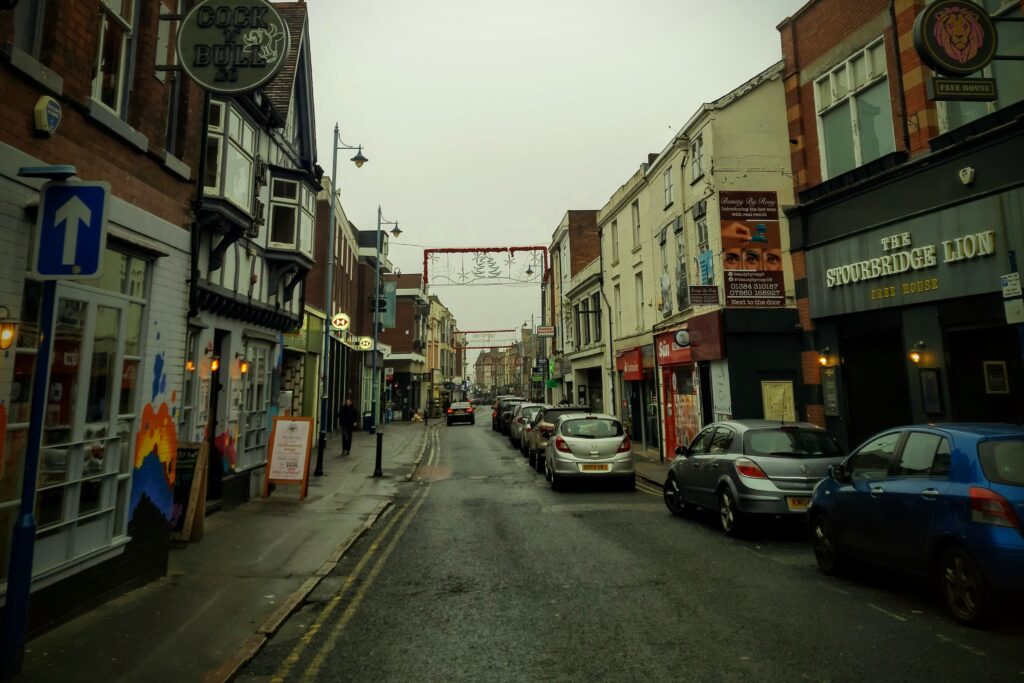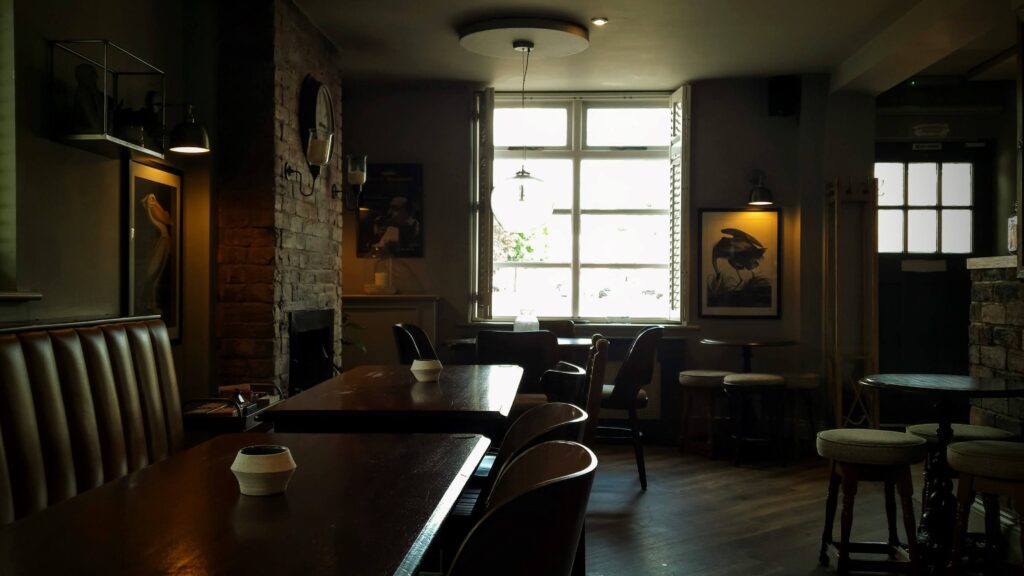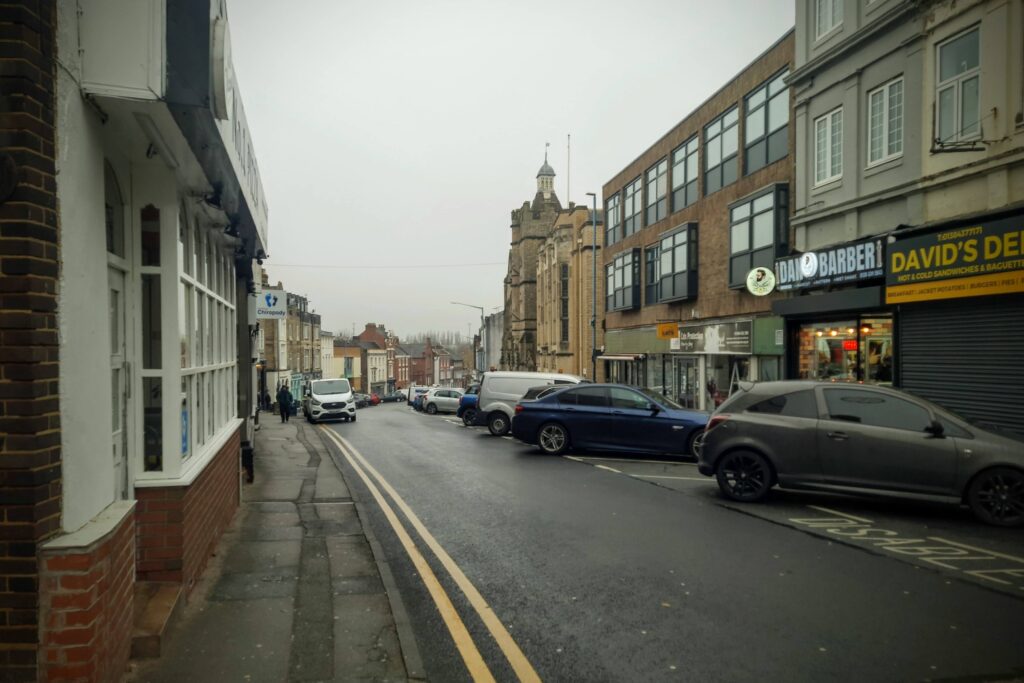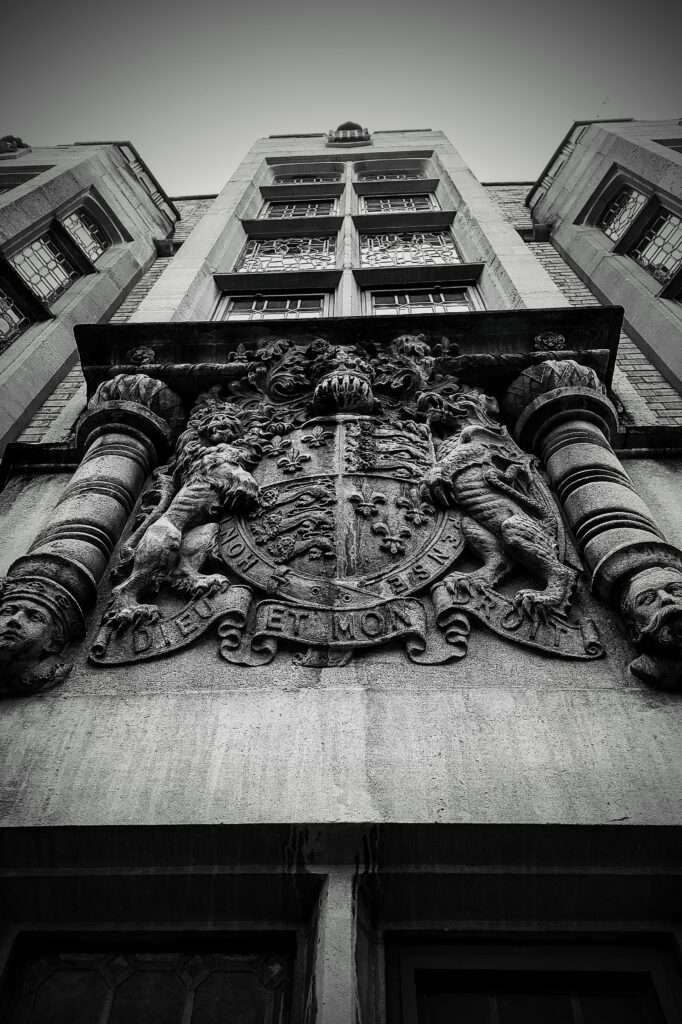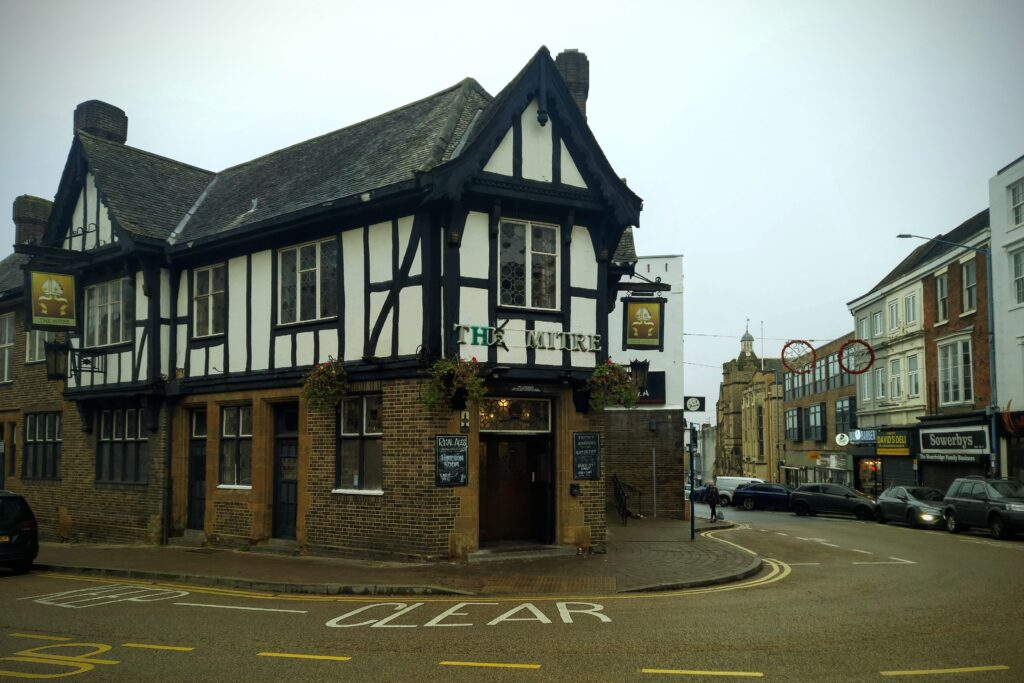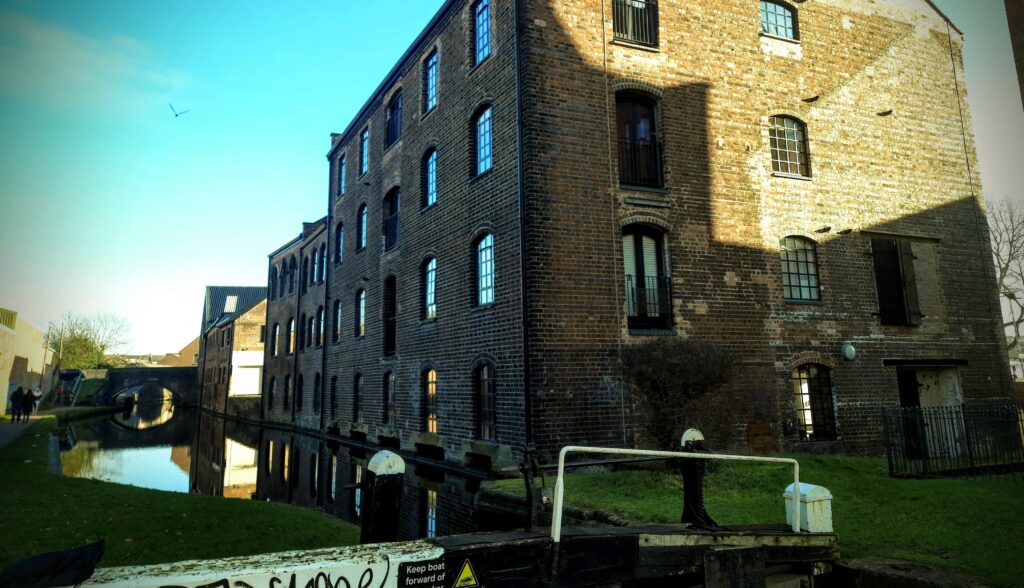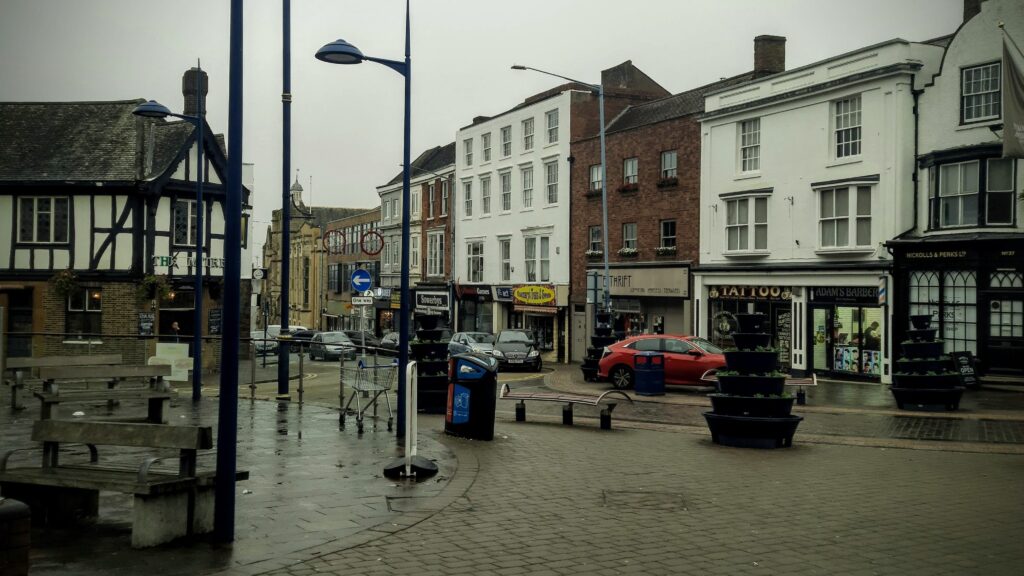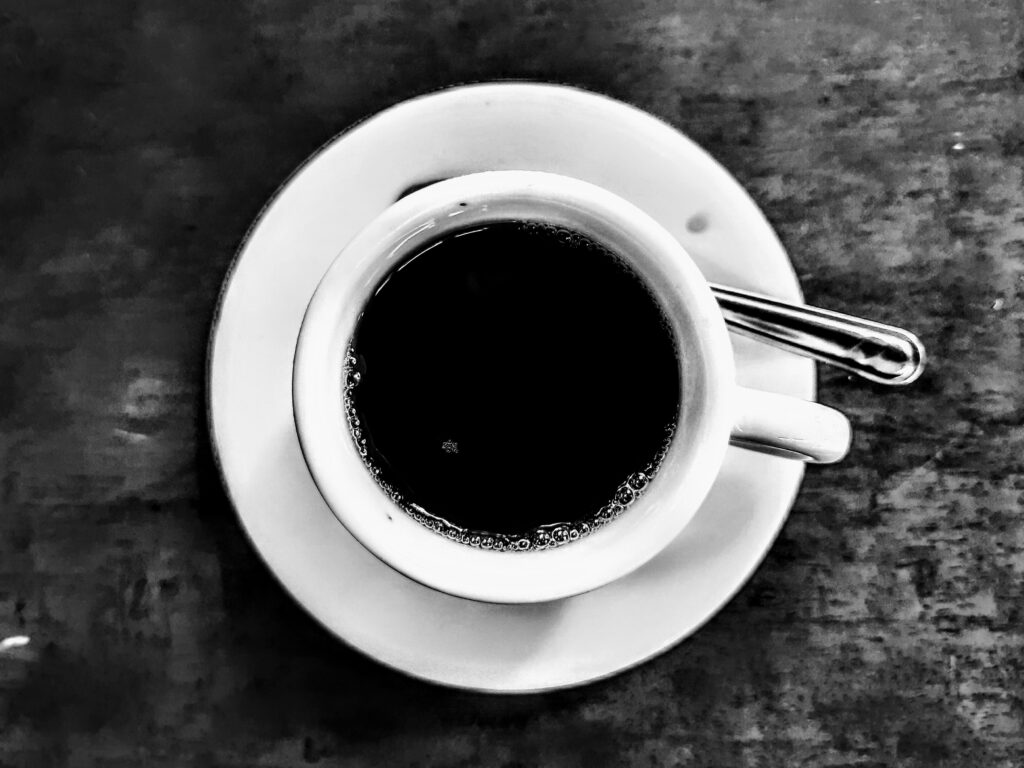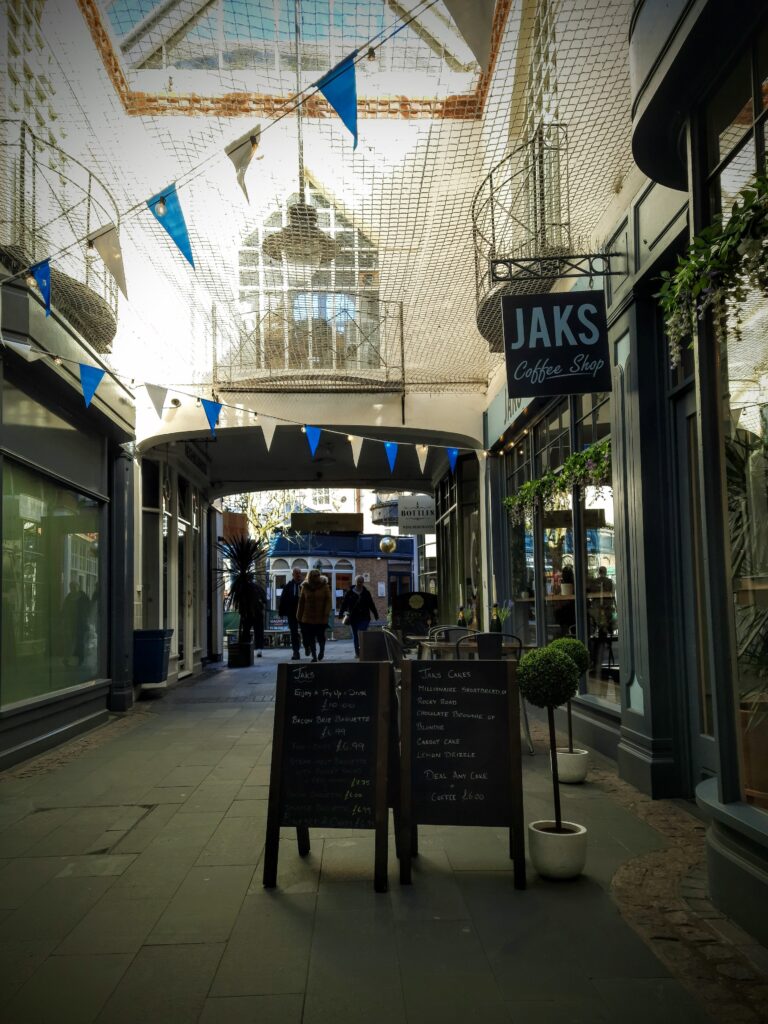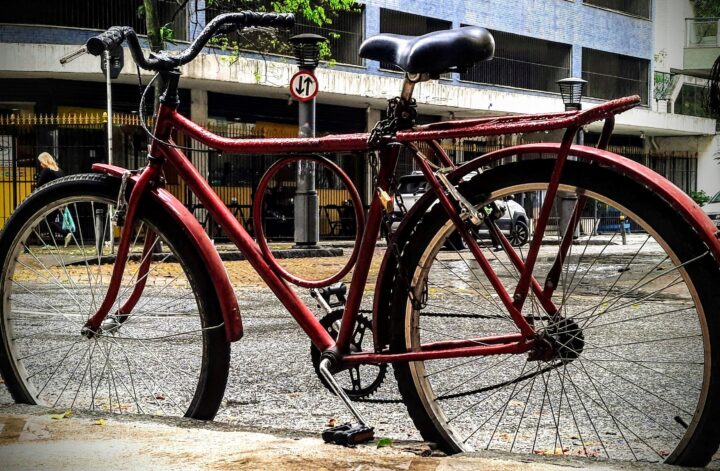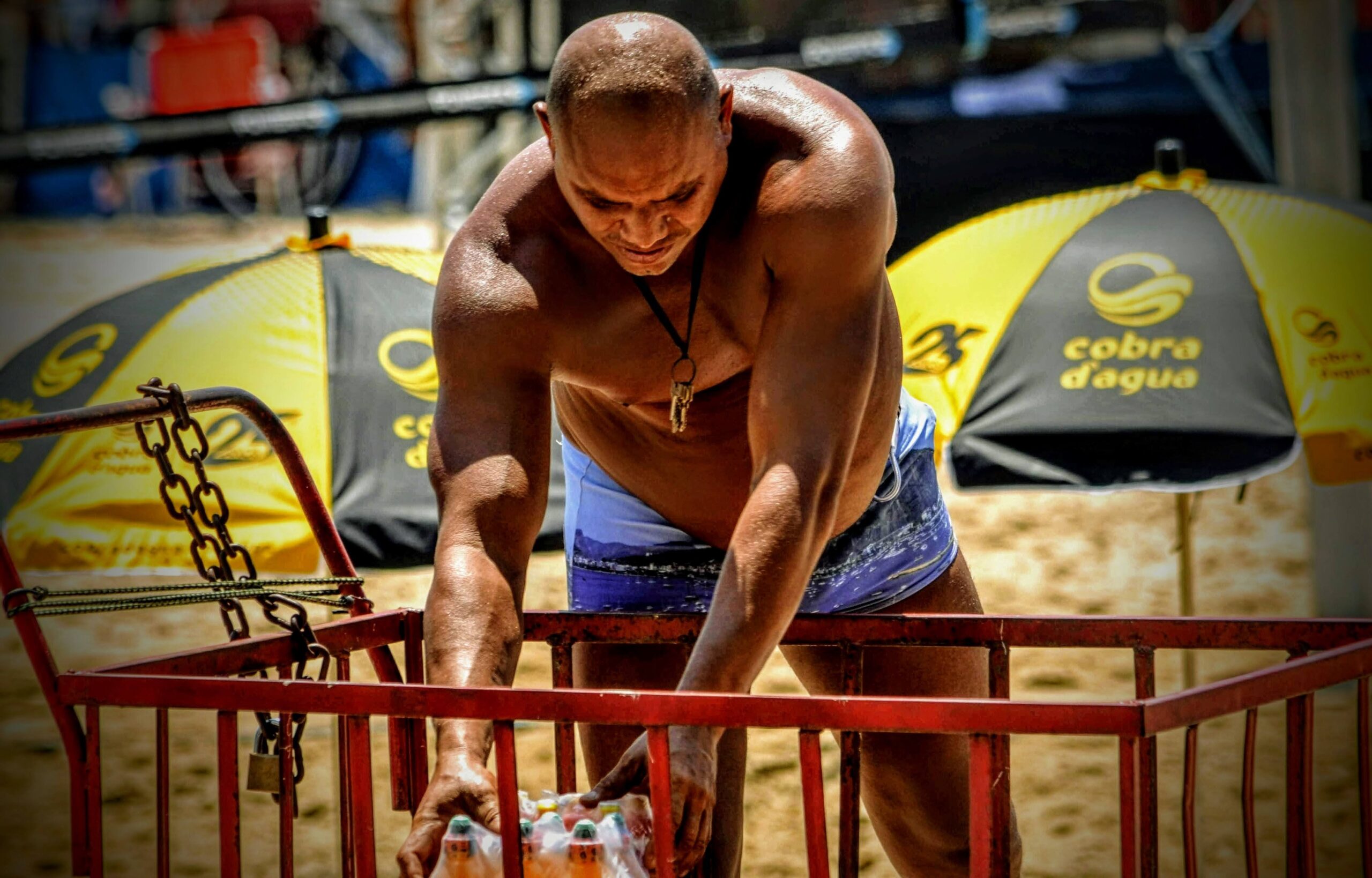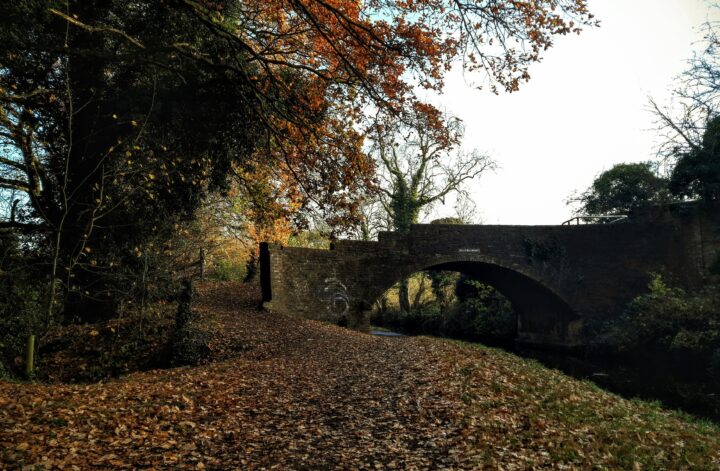Wordsley, Stourbridge, England: 11 degrees, cold, grey, overcast and rainy.
It is Tuesday, 23rd April, the day after my birthday. Regarding my birthday on the 22nd, there was a Brazilian bank holiday on the 21st—the day before. Tiradentes, a man who attempted to blow up parliament, bears a striking resemblance to Guy Fawkes in England.
There is also another bank holiday on the 23rd, today—the day after my birthday—Saint George, the patron saint of the city of Rio de Janeiro. For Rio, it is a day off, but for the rest of Brazil, it isn’t. Since most of my pupils live in Rio, it’s more or less an extra day off for me. I have some pupils in São Paulo, but they are only available later in the evening; I am free for most of the day.
I got up early and spoke to Julie so that we could meet and go for a walk. I couldn’t do any exercise as I am still suffering from a bad cold, so I just relaxed and thought about my plans for the new year.
Julie came and picked me up around 10:30, and we went back to The Old Wharf to leave the car in the car park and walk along the canal. Today is cold, so I gave Julie my coat because she was feeling the cold more than I was. For some reason, I wasn’t feeling it as much as she was.
Since dating Julie, The Old Wharf has become one of our favourite places to walk with Austin, to stroll and unwind. It’s easy to park the car, and there’s no charge. Now that we’ve found the pub, which is very good, cosy, and quaint, it’s perfect for us.
This time, Julie hadn’t brought Austin, and I’m not sure why, but I like it when he’s with us. The image of a family as a couple with a dog has a lot of appeal.
We walked along the canal towards Wordsley, as if we were going back on ourselves, heading home. Along the way, we admired the beautiful views of the canal with trees on its banks and their reflections in the water, surrounded by a lush mix of greens and browns. Each main bridge is a stage, a landmark, a point of reference on our journey.
We eventually reached a bridge which connected to Wollaston, very close to where I used to live as a child. The entire area of Stourbridge, Brierley Hill, Wordsley, and nearby towns used to be an industrial hub for glassmaking, specialising in cut and crystal glass.
The entire glass industry has disappeared, leaving only the glass culture centres that offer courses, trade, and knowledge. There are now two glass centres near my home in Wordsley, and one recently opened alongside the canal where we are walking. I had visited it once or twice alone before meeting Julie, so it would be nice for us to go together.
It’s interesting, and there is also a café.
We left the canal and walked up to the main road. In one direction, it was towards Wollaston, and in the other, either Wordsley, Stourbridge, or Brierley Hill. From the main road, the entrance to the Ruskin Glass Centre doesn’t look like much.
You can’t see any buildings, and not much from the main street, just a banner and a gravel drive leading up. We entered and walked along the drive. The first parts on the left include a complex of prefab container offices, the old main brick buildings from the past, and further down, the main reception hall with shops, courses, and a cafe.
On the right, the car park was full of cars, which I found quite surprising. We didn’t bother going to the prefab reception area; instead, we preferred to carry on walking and take the steps up to the main reception, which housed the shops, courses, and café.
The architecture is modern and impressive from the outside, but upon entering, it feels somewhat tatty, drab, and worn. The café features a counter with the kitchen behind it; it is enormous, with many tables and chairs spread around the café and the counter. Along the walls of the main room, side corridors, and shop units, various artisans’ styles, processes, forms, and types of glass are showcased, reflecting the rich glass culture.
Some of the units were open, while others were closed, featuring glass fusing, glass jewellery, cut glass, coloured glass in the form of vases, and other items. It was all there and quite interesting. For me, the idea is good, and it is obvious that quite a few talented people were involved in glasswork, but there was something commercially missing.
We entered the open shops and conversed with the artisans and attendants about their craft. My grandfather, the father of my father, was a glass cutter and engraver; he was supposedly highly respected and recognised for his work.
My mother still has some of his glass and pieces of his work to this day. Julie recently completed a couple of courses on glass fusing, which involves creating a picture from different pieces and colours of glass, somewhat like a mosaic. The assembled pieces are then baked in a kiln, fusing them into a single piece of artwork—one of the specialised techniques she discussed with the artisan for some time in one of the units.
We then went to the cafe, bought two cappuccinos and some toasted tea cakes, which were very nice. I asked some questions about the place and found out that the lady serving us behind the counter is my mother’s neighbour, knows my mother, and had heard of me because of her.
The cappuccinos were perfect, and the tea cakes too. Julie swapped with me because hers was a little overdone, almost burnt — it wasn’t, but I didn’t mind.
Leaving the Ruskin Glass Centre, we decide to walk up into Wollaston, a charming little village with a small roundabout and car park in the centre, with four roads branching off in different directions. From the age of four to fourteen, I lived close to the main village centre, just a 10- to 15-minute walk away, and an additional 10 minutes to get to my old school.
I have many good and bad memories, as well as some wild ones, from my youth in Wollaston. I wouldn’t say it is the most quaint of villages, but it does have a certain charm and an upper-class air that nearby towns and villages don’t necessarily possess.
We decide to take Enville Street, the main road that connects Wollaston to Stourbridge. In the past, my friends and I would go on pub crawls along the street because, at that time, there were about 10 or 12 pubs along this one-and-a-half-mile stretch. Many of the pubs have closed, including the Army and Navy Store, which sold a wide range of items related to the armed forces, such as clothes, equipment, knives, memorabilia, and camping gear.
I once purchased a stylish Italian army jacket that was in fashion at the time. It seems that nearly everything from my past has vanished or been shut down. All my childhood references, including people, products, shops, and places, have faded into dust, and now I only have distant memories of what was good for us then, even though we did not realise it.
It was a cold day, with the wind cutting through us at times. I had given my coat to Julie from the start since she was feeling it more than I was. We arrived in Stourbridge, very close to the Old Wharf where Julie’s car was parked. We didn’t know where to have lunch.
We didn’t want to visit places we had already been. Some of those spots were costly, and the food was the same. We found ourselves right in the middle of the High Street in Stourbridge, where Market Street and Coventry Street divide the High Street into the upper and lower sections.
Last Sunday, Julie had done a flower arranging course with her daughter in Cup on Coventry Street. She mentioned where the course was, but I couldn’t visualise it properly. We also visited another Cup cafe in Hagley, the affluent part of Stourbridge, where the place was very small, pleasant, and cosy, but the coffee was lukewarm.
When she suggested going to Cup here on Coventry Street, I saw the shop was the same one my mother used to take me to when I was a child. At that time, it was Gug’s Cafe, owned by Joseph Gug, an Italian immigrant who had served in the Second World War. He had run the cafe at the exact location for more than 50 years.
I remember clearly, as if it were yesterday, Gug, a tall man probably in his late 40s or early 50s, wearing black trousers, a white shirt, and a black waistcoat, with a strange but warming smile. His strong Italian accent was more groans and gestures than real words. There was a massive, chrome-shiny hot water boiler standing tall on top of the counter, guaranteeing hot, strong, and delicious coffee.
So now I am standing in front of a cafe I used to visit with my mother under a different name 50 years ago.
Cup Cafe had only been open since November last year; everything was new, modern, and well thought out. There were no free tables downstairs, so we went up to the second floor. We found a Japanese-style sofa with a coffee table at the far end of the room.
It was a kind of spot, an annexe, where Julie and I could sit, drink, eat, and kiss without anyone disturbing us or us disturbing them. The far-facing wall had a full-length window showing the rooftops of nearby buildings, which was quite lovely and, in some ways, a little romantic.
Julie went to order coffee and a hot cheese sandwich for us to share. The interior design was very modern and minimalist, with white walls and yellow accents on the doors and windows. White and yellow go very well together, just like white and green. Even the waitress, who was not necessarily young, was beautiful and modern to match the whole theme and experience.
What also caught my attention were all the other tables occupied by pupils from King Edward’s College. Gug’s was the place from King Edward’s College where pupils used to go fifty years ago, and once again, history is repeating itself; the only difference is that the name is now Cup, not Gug’s.
The hot cheese sandwich was delicious, and the coffee was decent but not exceptional. The place was charming, and what really stood out for me was that it was clean and that the owner had considered every detail of the establishment, even down to the hot, reasonably young barista waitresses or whatever they were.
We left on a high note, making it an enjoyable experience. We were fortunate to discover that secluded spot, the small annexe just for us, with a stunning view over the rooftops. I’m unsure if it will survive, given the significant time, care, and money invested in that place. The movement was too weak and insufficient to last.
Sometimes in life and business, you’re trying to sell a Ferrari to people who want a Beetle, and vice versa; the market is asking for a Ferrari, yet you are trying to sell them a Beetle.
I sincerely hope it gets to stay and flourish because I think it is extremely difficult to maintain a small business in England nowadays; this is something that I have noticed and his shocked me since I’ve been back.
Now it’s getting even colder than before. We walked down the lower High Street towards The Old Wharf, where the car was waiting. We reached the car, relaxed, talked, and kissed for a while before leaving. Julie dropped me off at home, and I was utterly wiped out. We had done over 20,000 steps, which is about 10 to 12 miles, very good indeed.
The canal, the Ruskin Glass Centre, Wollaston, Cup Cafe, and the memories, especially those of Gug’s and just chilling out together, were all good. A lovely day, thank you!
In bed by 10:00 p.m.
Thank you.
Thanks for reading this blog post. Please explore my other posts and share your thoughts in the comments section.
Richard

